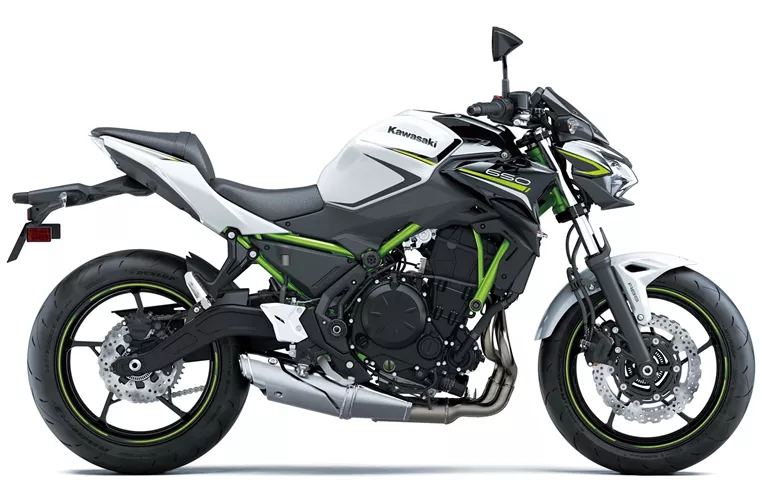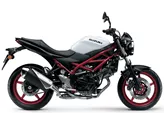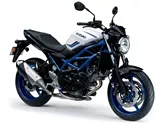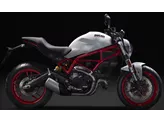Suzuki SV 650 2023 vs. Kawasaki Z650 2020
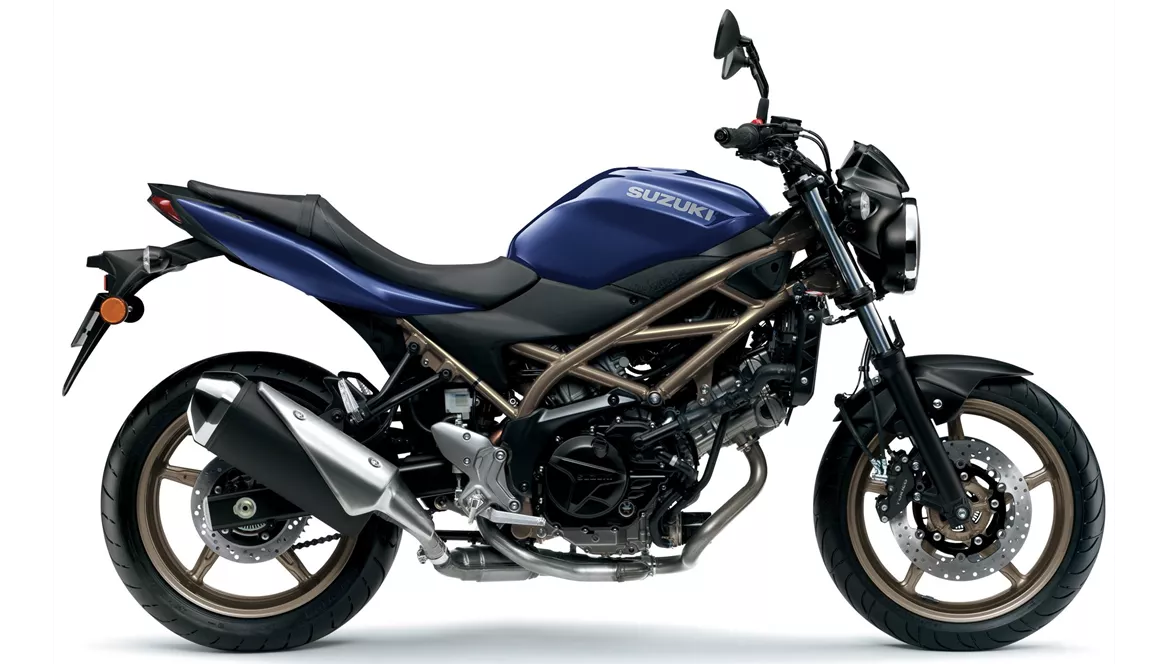
Suzuki SV 650 2023
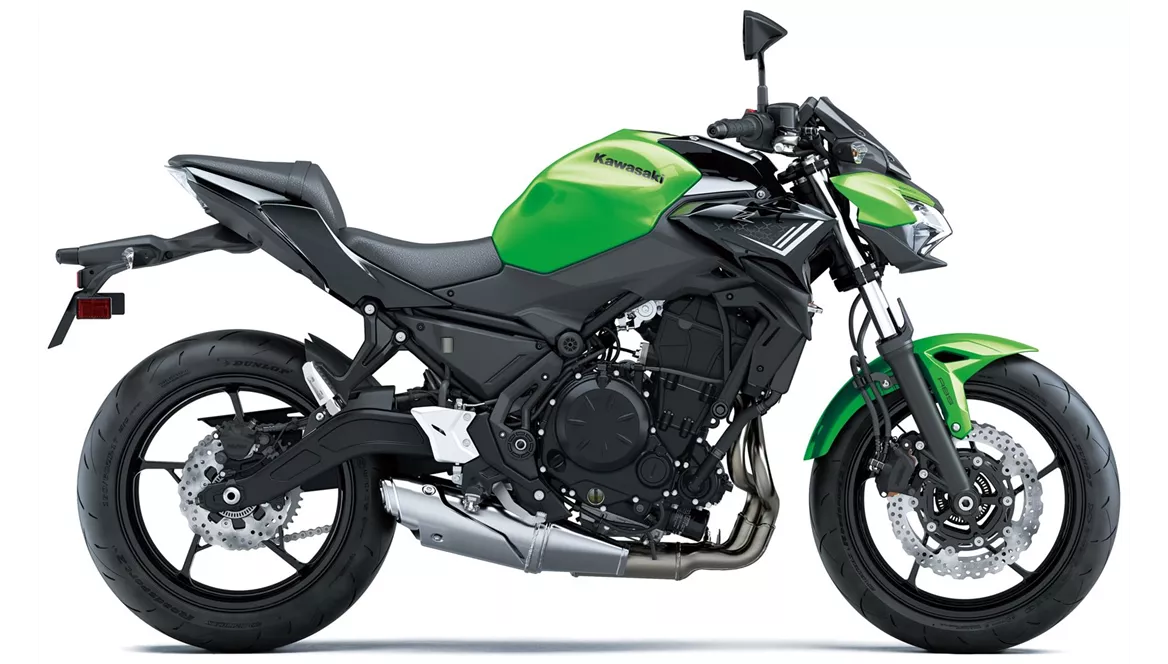
Kawasaki Z650 2020
Overview - Suzuki SV 650 2023 vs Kawasaki Z650 2020
The Suzuki SV 650 2023 and the Kawasaki Z650 2020 are both popular naked bikes in the market. While they share some similarities in terms of engine type, fuel system, suspension, and frame, there are also notable differences between the two models.
Starting with the engine and drive train, the Suzuki SV 650 2023 is equipped with a V2 powerplant, offering a slightly higher engine power of 73 HP compared to the Kawasaki Z650 2020's 68.2 HP. However, the Kawasaki Z650 has a slightly higher torque of 65.7 Nm compared to the SV 650's 64 Nm. Both bikes have a 2-cylinder engine configuration, liquid cooling, and fuel injection systems, ensuring efficient performance.
In terms of suspension, both bikes feature telescopic forks at the front and swing arm suspension with a monoshock at the rear. They also have preload adjustment capabilities, allowing riders to customize their riding experience. The chassis of both models is made of steel and has a tubular frame type, providing stability and durability.

Suzuki SV 650 2023
When it comes to braking, the Suzuki SV 650 2023 is equipped with double disc brakes at the front with a diameter of 290 mm and four pistons, while the Kawasaki Z650 2020 has slightly larger double disc brakes with a diameter of 300 mm and double pistons. Both bikes are equipped with ABS, enhancing safety and control.
In terms of dimensions and weights, the Kawasaki Z650 2020 has a slightly shorter wheelbase of 1410 mm compared to the SV 650's 1445 mm. The seat height of the Z650 is also slightly higher at 790 mm compared to the SV 650's 785 mm. The kerb weight of the Z650 is 187.1 kg, which is slightly lighter than the SV 650's 200 kg. Both bikes have similar front and rear tire dimensions, with a width of 120 mm and a diameter of 17 inches. The Z650 has a slightly larger fuel tank capacity of 15 liters compared to the SV 650's 14.5 liters.
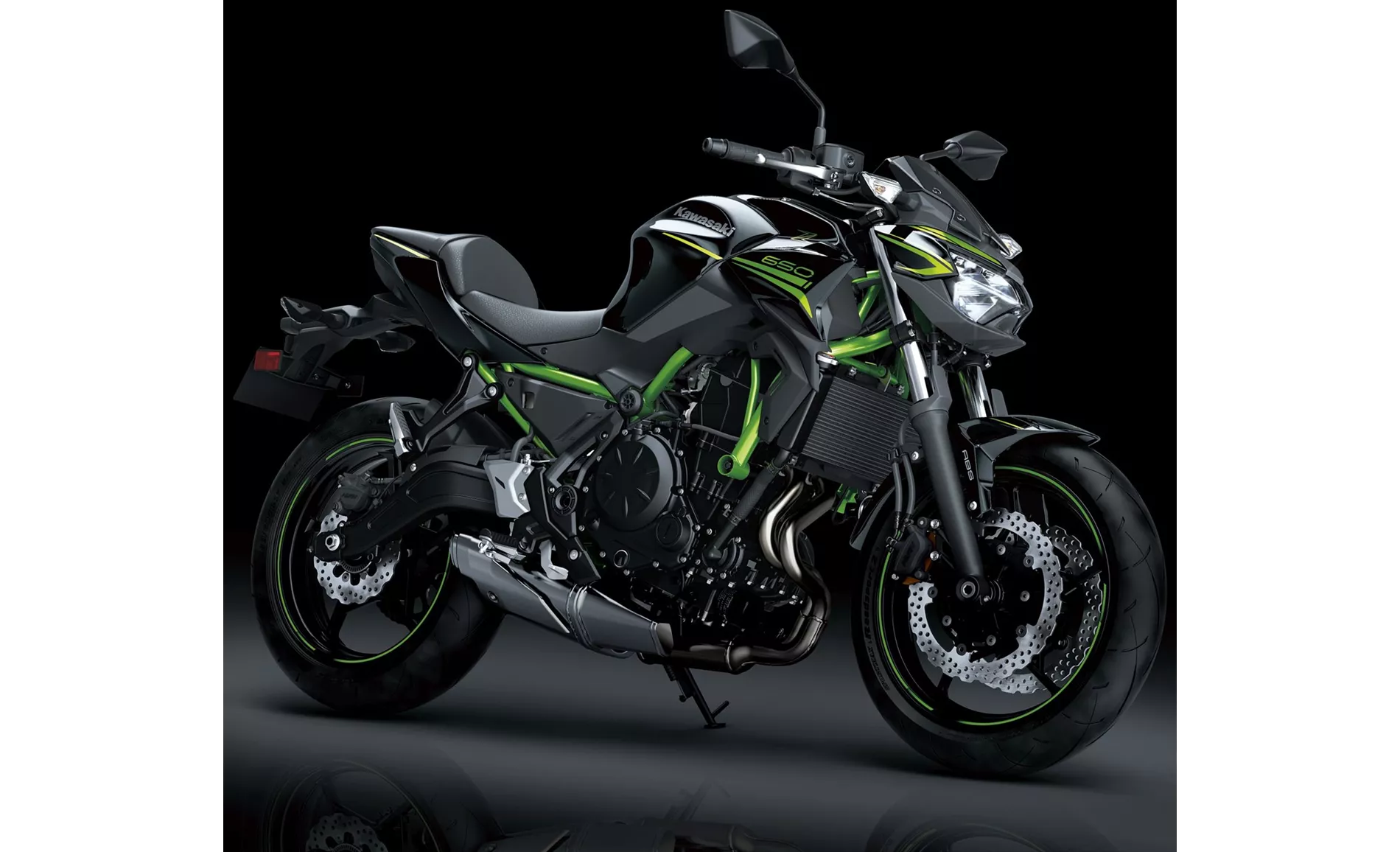
Kawasaki Z650 2020
In terms of strengths, the Suzuki SV 650 2023 stands out for its V2 powerplant, beginner-friendly seating position, easy handling, and timeless look. On the other hand, the Kawasaki Z650 2020 boasts a powerful two-cylinder engine, aggressive intake noise, compact dimensions, low seat height, stable chassis, TFT display with connectivity, and a grown-up look.
However, both bikes also have their weaknesses. The Suzuki SV 650 2023 requires manual force for braking, lacks additional electronics apart from ABS, and has moderately readable instruments. The Kawasaki Z650 2020 has a front brake pressure point issue, may be uncomfortable for tall riders, and the Rideology App may not be 100% sophisticated.
In conclusion, while the Suzuki SV 650 2023 and the Kawasaki Z650 2020 have some similarities in terms of specifications, they also have distinct strengths and weaknesses. Ultimately, the choice between the two will depend on the rider's preferences and priorities.
Technical Specifications Suzuki SV 650 2023 compared to Kawasaki Z650 2020
Pros and Cons in comparison
Pros and Cons in comparison
Suzuki SV 650 2023

The Suzuki SV 650 has been on the market for 25 years, longer than any other motorbike. The engine has been updated to Euro5 and is now even more mature, which clearly fits in with the rest of the package. The SV 650 doesn't want to scare anyone, especially beginners. The chassis makes a solid, unagitated impression, the brakes require a lot of manual force to prevent unexpected overbraking. The look is timeless on the one hand, but on the other hand some components are really a bit outdated. On the other hand, the price is fair, as usual for Suzuki.
Kawasaki Z650 2020
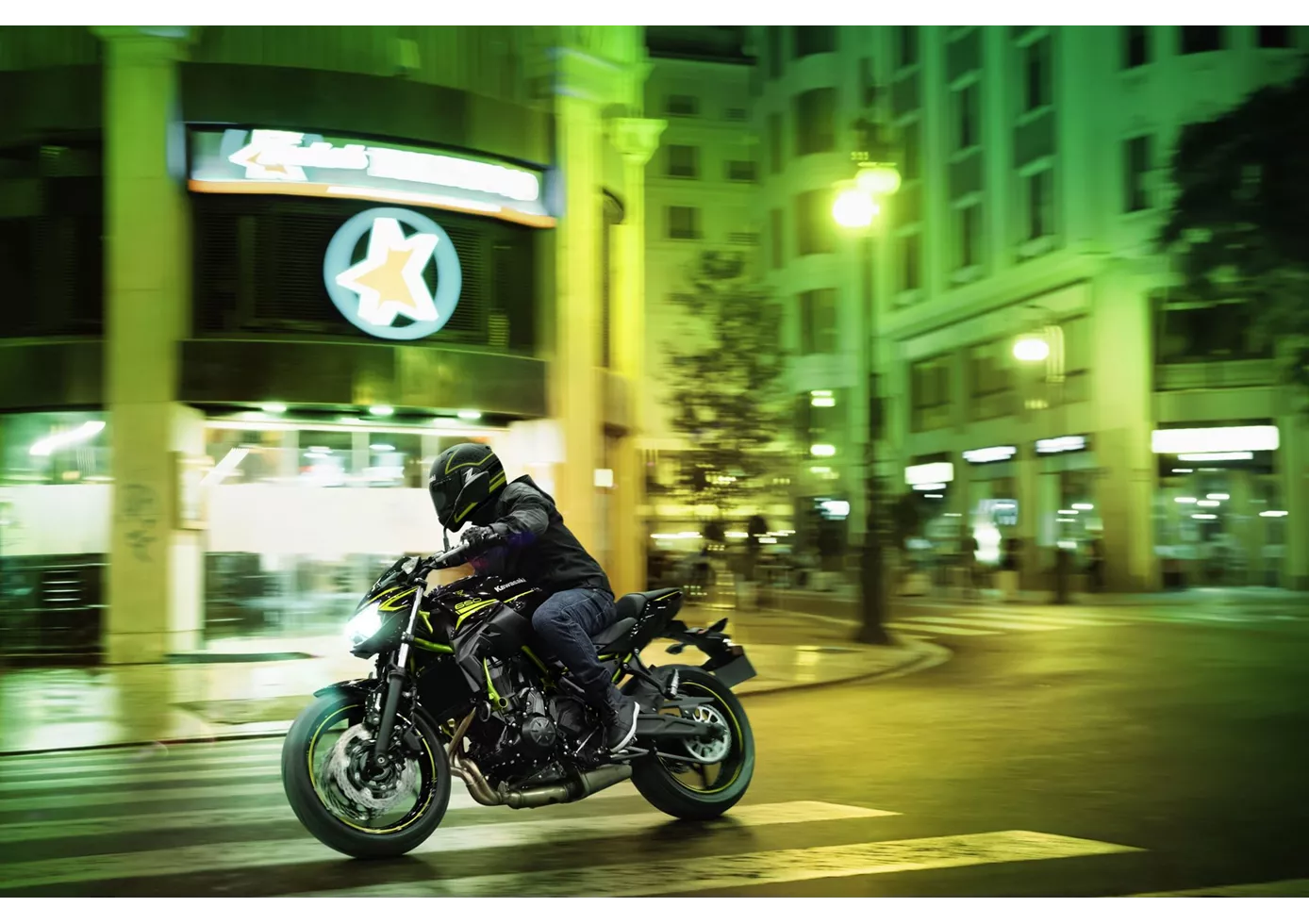
It's simply marvellous what Kawasaki has put together in a complete package with the new Z650. The technical components may not knock your socks off individually, but in combination they make for a pleasantly neutral motorbike that everyone will enjoy. No bitchy idiosyncrasies - simply a naked bike that works really well on winding country roads. Of course, the TFT display, which we don't find in the competition at the moment, is a plus, as is the grown-up look, which is strongly oriented towards the larger Z models. Only the pressure point of the front brake could have been more clearly defined - but you can't have everything in this price range.
Price Comparison Avarage Market Price Suzuki SV 650 vs Kawasaki Z650
There are a few key differences between a Suzuki SV 650 2023 and a Kawasaki Z650 2020. In terms of price, the actual average price of a Kawasaki Z650 2020 is about 4% higher. Compared to Kawasaki Z650 2020 there are more Suzuki SV 650 2023 bikes available on the 1000PS.de Marketplace, specifically 125 compared to 21. It takes less time to sell a Kawasaki Z650 with 80 days compared to 133 days for the Suzuki SV 650. Since model year 2005 1000PS.de editors have written 25 reviews for the Suzuki SV 650 and 31 reviews for the Kawasaki Z650 since model year 2017. The first review for the Suzuki SV 650 was published on 9/26/2008 and now has more than 14,200 views. This compares to more than 25,000 views for the first review on Kawasaki Z650 published on 11/8/2016.

